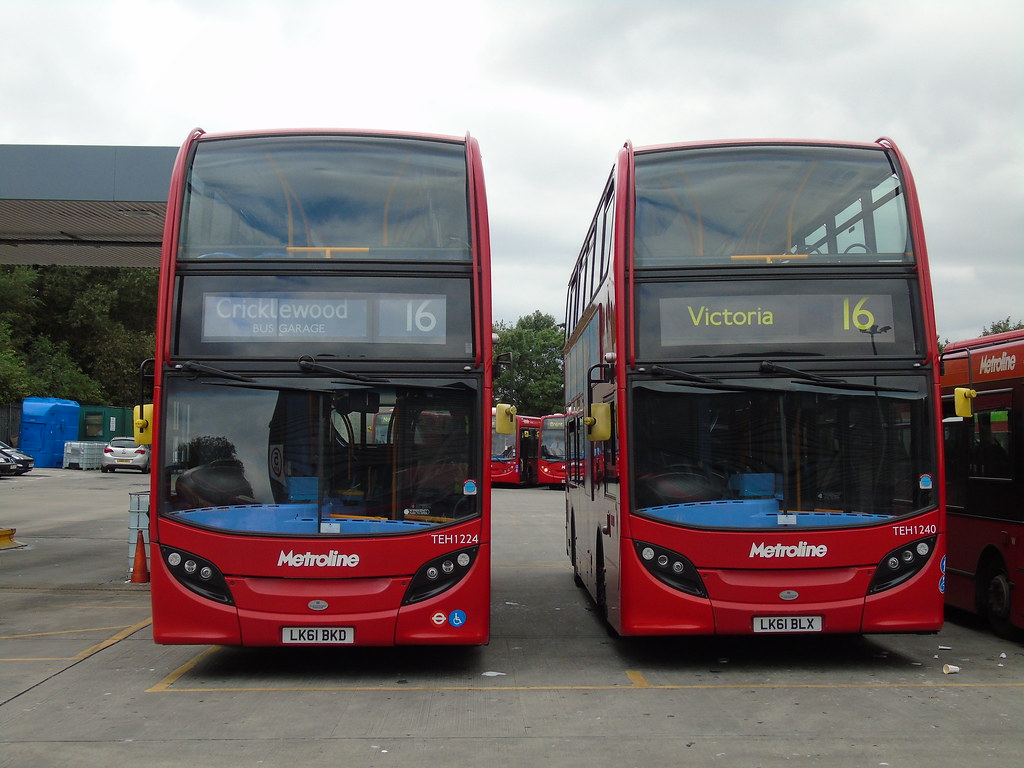Nowadays of course, most buses are fitted with dot-matrix (admittedly being phased out thanks to PRM-TSI compliance) or LED displays which provide clear information and should be, as a minimum, on the front, nearside and rear, the latter two being that of route number at the very least.
The biggest issue for me with these displays is that many (and the picture above shows this beautifully) is that the descenders (featured on g, j, p, y) are squashed up which actually is against the regulations as partially-sighted passengers will struggle to make out what the letter is. Of course this never happened with destination blinds and it is something that operators - and software manufacturers - should solve.
But what about London? Well TfL haven't embraced the LED stating that the destination blind is still the best (and of course it shows off their New Johnston typeface!) and the specifications that they set change as much as Boris changes his knickers.
New blinds now have to be white on black (as opposed to dayglo yellow) and only show the ultimate destination and route number. As most routes cover a number of areas, this was an unusual step but is still in place now, although the goalposts have recently moved again with the news that operators now can specify a more exact location in small capitals. This is noted on the 16 to Cricklewood which displays 'BUS GARAGE' underneath.
There is a reason for this change though. TfL are currently trialling Kindle displays. Yes that little notebook comes to the front of a bus and Metroline have adopted this for some buses on the 16. In daylight, this looks little different to a destination blind and provides everything that TfL wants. At night though, it has this light blue tinge which makes reading far less legible than an LED display.
Plus there's the issue now of changing bus blinds. In the old days it was quite easy but these days with the blinds being electronically wound (in days gone by it was a handle!) the unit gets in the way and what used to be a five-minute job with one person ends up being a two-man job with an hour to spare.
LED displays are improving all the time and with the likes of McKenna Brothers providing some superb products (drop me a tenner off when you get the chance, lads!) we have to wonder whether it's time for TfL to finally give up on the blind and move forward to allowing LED use, so long as they remember about those descenders!


_2011_New_Bus_for_London,_Victoria_bus_station,_route_38,_27_February_2012_(1).jpg)

No comments:
Post a Comment
.